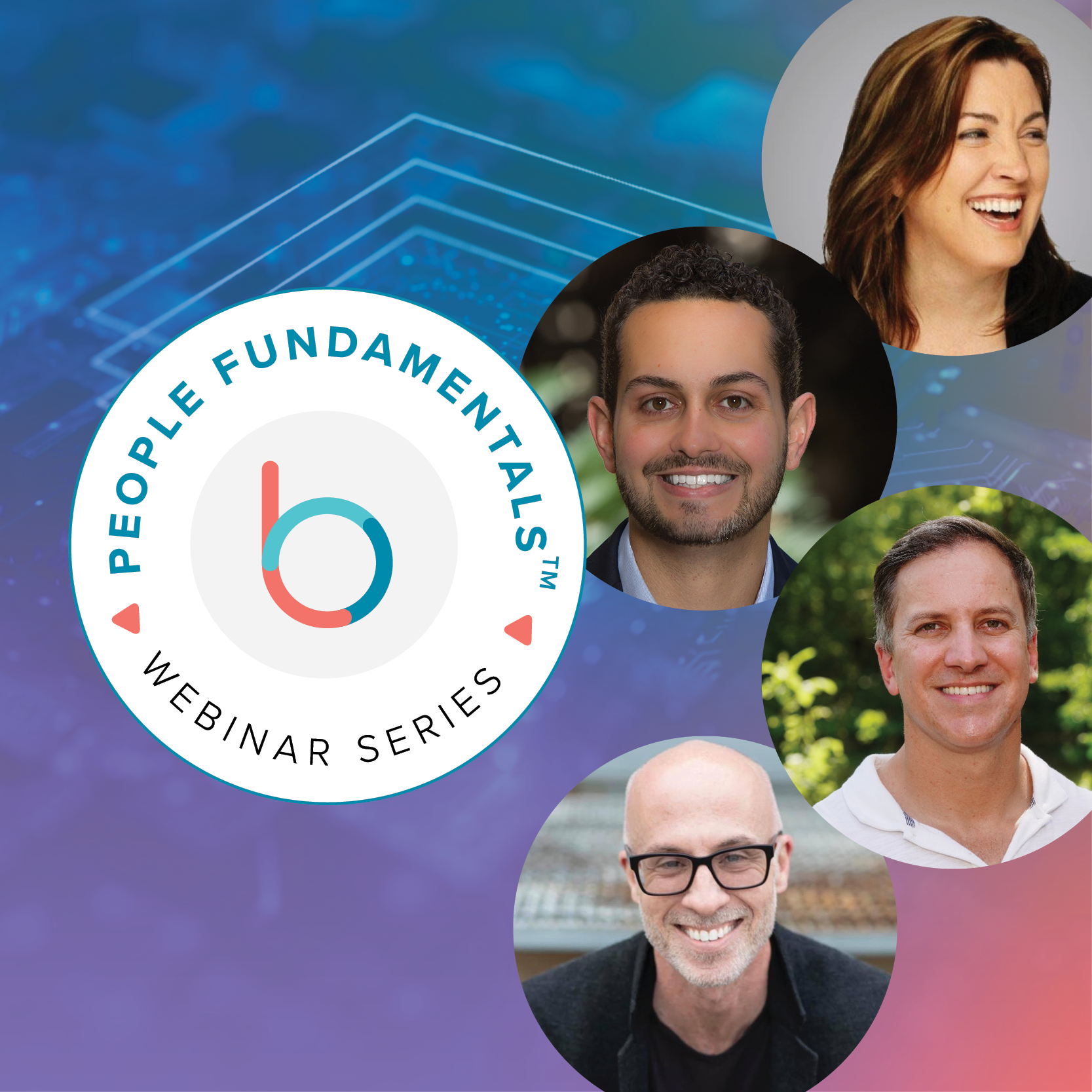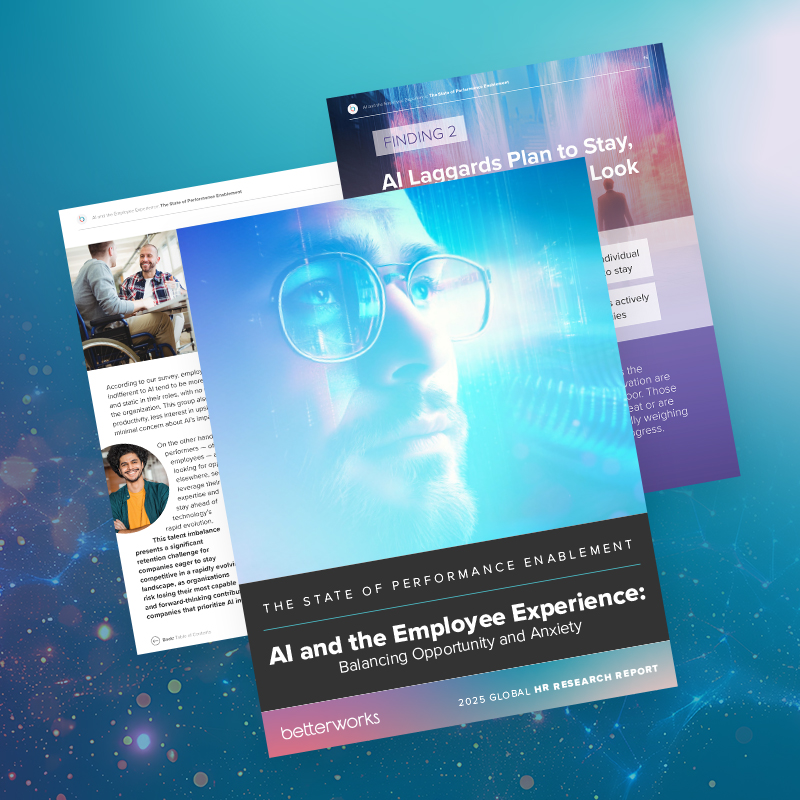Editor’s note: This is the second in a series of six articles on how to become a more strategic HR leader.
If you want to transform HR, you need the ability to apply organizational data to drive business outcomes. Not only that, but you also need to tell the story of your data.
Data is part of the language of business strategy, and when you can interpret and apply data to make people decisions, you can deliver transformational impact on the business. In fact, HR is 1.6 times more effective in organizations with high data analytics maturity, according to McLean and Company’s HR Trends Report 2023.
It’s never been more critical for HR professionals to understand company data, ask intelligent questions about it, and help the organization yield actionable insights — and to do it on the fly. Even if your HR function doesn’t currently have that skill and speed, you can develop your data literacy skills to drive business transformation.
Decoding business data is key to unlocking workforce potential. Here’s how HR leaders can drive transformational change with a strategic approach to people data.
Shift from tactical to strategic metrics
Most (77%) HR leaders conduct basic data analyses that produce limited results, according to a recent SHRM study. This often results when HR only uses existing data to evaluate past events.
HR has more impact when it has better access and better data.
I was recently talking with my colleague Paul Agustin, Betterworks’ director of solutions engineering, and he pointed out that, historically, HR has been at the mercy of engagement surveys to identify critical trends in employee engagement and turnover risk. But because these surveys are necessarily anonymous, you can’t tie that data to high or low performance, much less segment it by department or team. Thus, HR struggles to generate multi-faceted insights.
My takeaway? We need a fundamental mindset shift in HR.
Traditionally, HR has used backward-facing, process-focused metrics that tell you what’s been done. Performance review completion rates are one example, but what does it mean, exactly, that 97% of your employees have completed their performance reviews? This statistic may be useful to show compliance, but there’s far more value in focusing on future-oriented, human-centered metrics that help you better understand the root causes of issues such as retention or engagement, and tell you what you can do.
Voluntary departures or turnover are commonly tracked statistics, for example, but those measure past events rather than something you can influence or prevent. You want to identify and address the root cause before it expresses itself as someone quitting. That requires a strategic, future-oriented approach to data.
Traditionally, HR has used backward-facing, process-focused metrics… but there’s far more value in focusing on future-oriented, human-centered metrics that help you better understand the root causes of issues such as retention or engagement, and tell you what you can do.
Your data comes from many places: Employee survey responses, data from your HR information system, employee performance data, exit interviews, and information from your systems of work (such as your CRM or project management platform). All of these provide pieces of the puzzle. By pulling these pieces together in real-time via a embedded analytics dashboard, you can compose a coherent narrative of the current state of your workforce — creating a solid foundation for future-oriented people management.
Don’t just measure completed processes and historical events; look at the data to tell a story based on indications of trouble you need to address or successes you can celebrate and build on. As Paul Rubenstein, the chief people officer at Visier says, the right data will help you separate the signal from the noise.

Ask insightful questions
If you want to generate actionable insights, you need to ask insightful questions.
Learning how to ask the right questions about data is a stumbling block for many HR professionals. How do you know what questions to ask? How do you get good at asking the right questions — those that produce valuable insights for the organization?
The good news is that asking questions about data is a muscle we can all grow and flex. Think about it this way: Learning how to interrogate data is a lot like learning how to get good responses from ChatGPT. In the beginning, you don’t know what questions to ask. But as you get better at your prompts, you receive richer information.
It’s the same thing with the language of data analytics. At first, you might generate simple insights into performance that lead to minor improvements in efficiency. But the more you play with the data and practice asking questions, the more you’ll learn — and the smarter and deeper your insights will be. Over time, you’ll build on those insights until you have a complete and compelling story.
Many metrics are only so helpful on their own, such as completion statistics. But when you combine those metrics with other data, they form a more detailed picture.
The good news is that asking questions about data is a muscle we can all grow and flex. The more you play with the data and practice asking questions, the more you’ll learn — and the smarter and deeper your insights will be.
Consider this question: “What’s the volume and completion of conversations, goals, feedback, and recognition in our organization?” On its own, this question leads to basic insights into the number of managers and employees who are engaged with performance management processes. But it doesn’t say much about performance management outcomes.
However, if you compare that response to actual performance data, you can see whether completion is correlated with better performance outcomes. Looking at that singular data point through a variety of lenses gives you more information. Comparing that information with other relevant statistics produces better insights into the effectiveness of your performance management processes.
As you get better at asking insightful questions, you can raise the stakes. Your initial goal might be to help people work better and more quickly. But as you practice analyzing data, your curiosity and insights will become progressively more complex. You might look at differences in productivity rates between departments, for example. What do those variations reveal about your performance management strategy and practices or tell you about the effectiveness of your managers in different departments? You may discover that you need to provide more tools and coaching to help less experienced managers for example. Asking these questions leads to insights that help you drive big-picture, strategic transformation.
Blend data with stories
Algorithms thrive on data, but people need data and stories. This combination creates a powerful engine for HR leaders to process and apply insights to transform organizational performance. This is where HR can benefit from design thinking.
Design thinking is the ultimate in data storytelling because it blends hard numbers and statistics with human empathy. Stemming from engineering principles, this is a user-centered approach to solving problems and developing products or processes.
The key to design thinking is developing personas of the populations with the biggest stake in the process or product. Get to know the people behind the data. Put yourself in their place to imagine how they experience learning and development (L&D), for example. Once you understand the needs and pain points of these personas, you can develop “storylines” for each stakeholder group.
Look at employee groups who are least likely to complete L&D goals, for example. Once you’ve segmented that data by group, ask questions about characteristics. These include motivations, challenges, and barriers each group may experience that affect their ability to achieve L&D goals. From there, you can identify actions for HR to provide those employees with greater support.
Learning to interpret data and blend it with stories is crucial for launching transformational change and creating processes that work for everyone.
As VP of HR Transformation at Betterworks, Jamie helps customers reimagine the way employee performance is managed with proven systems and processes that work. She is co-author of the book, Make Work Better, and draws inspiration from her more than twenty-five years of HR leadership experience, spearheading organizational development, HR transformation, and employee engagement strategies that boost business performance.
Be a Strategic HR Leader







